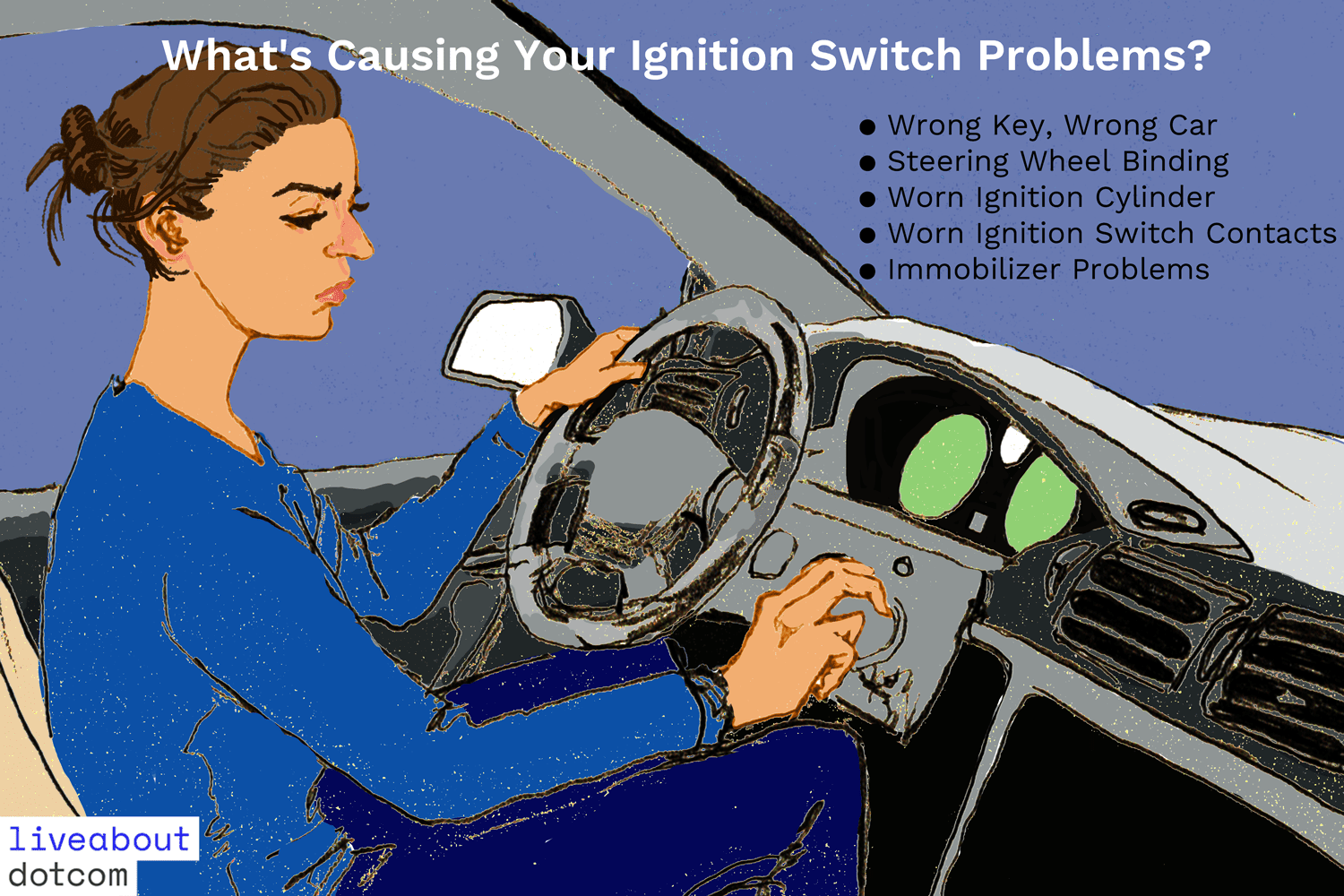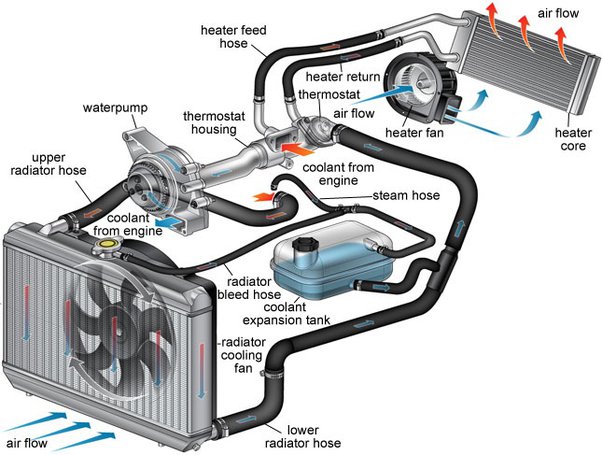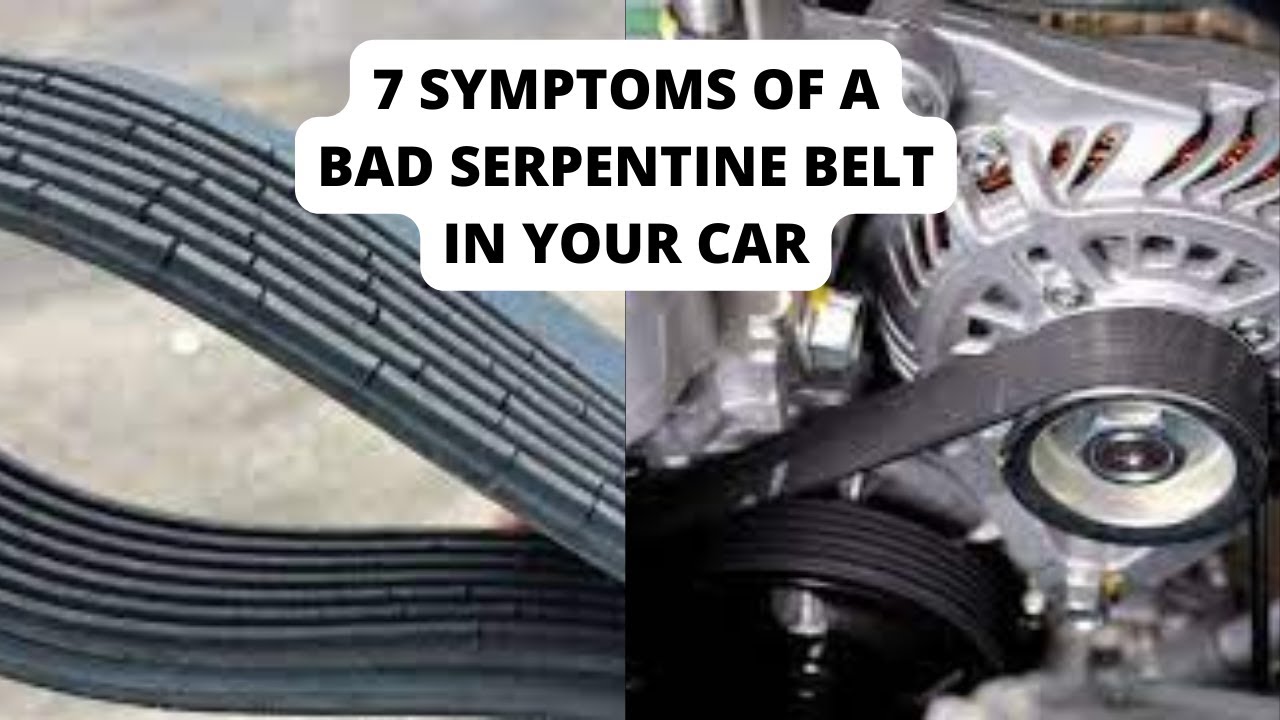How Long to Run Engine After Adding Coolant
Run the engine for at least 10 minutes after adding coolant to allow it to circulate and reach operating temperature. It’s essential for the thermostat to open and the coolant to flow properly.
Maintaining your vehicle’s cooling system is vital for engine health. After replenishing the coolant, running the engine enables the new fluid to mix and move throughout the entire system, ensuring efficient cooling and heat distribution. This step is critical to prevent engine overheating, which could lead to significant damage.
It also provides an opportunity to check for leaks and ensure the coolant level stabilizes, indicating a successful refill. Regular attention to coolant levels and system integrity can save you from costly repairs and prolong the life of your vehicle’s engine. Always refer to your vehicle’s owner manual for specific recommendations about your make and model.

Credit: roadrize.com
Introduction To Engine Coolant Basics
Maintaining your car involves knowing about engine coolant. Coolant, or antifreeze, helps keep your engine at the right temperature. It stops it from freezing in winter and overheating in summer. Changing or adding coolant is something you might do at home. But you need to know how long to run your engine after. Let’s explore what coolant does for your car and spot signs when it’s low.
The Role Of Coolant In Engine Health
Your engine’s best friend might just be the coolant circulating through it. This liquid mixture absorbs heat from the engine. It then releases it through the radiator. Without it, engines overheat and can get damaged. Always use the right type of coolant for your car. Mixing different types can be bad for the engine.
- Keeps engine temperature stable
- Prevents freezing and overheating
- Protects engine parts from corrosion
- Enhances heat transfer
Signs Of Low Coolant Levels
Staying on top of coolant levels is crucial. Low coolant can lead to big problems, like engine damage. Here are easy-to-spot signs:
- Dashboard warning light comes on
- Engine temperatures rise too high
- Coolant leaks under the car
- Heater stops working
- Visible rust or deposits in the coolant reservoir
Remember, if you find the coolant is low, add more. After adding, let the engine run for a while. This helps the new coolant to mix and circulate. To stay safe, always check the car manual. It should tell you how long to run your engine after adding coolant.
Preparing To Add Coolant
Before adding coolant to your engine, it’s crucial to prepare properly. Taking time to prep ensures a safe and effective top-up of your car’s cooling system. Follow these steps to get started on the right foot.
Safety Precautions
Your safety is the top priority. High temperatures under the hood can lead to serious injuries. Remember to let your car cool before attempting to add coolant. Wear protective gloves and goggles to shield yourself from any accidental spills. Moreover, make sure to work in a well-ventilated area to avoid inhaling vapors.
Tools And Materials Needed
Gathering the right tools and materials is a must for a successful coolant top-up. Ensure you have everything you need:
- Coolant – Specific to your vehicle’s make and model
- Distilled Water (if you’re using concentrated coolant)
- Coolant Funnel – Helps to avoid spills
- Rags or Paper Towels – For any quick clean-up
- Protective Gloves and Goggles – Essential for safety
- Container for Coolant Mix (if pre-mixing is necessary)
Equipped with these items, you’ll be ready to add coolant effectively and safely.
Correct Fill Levels And Techniques
Maintaining the correct coolant levels is crucial for your vehicle’s health. Let’s explore the right fill levels and techniques.
Understanding Your Vehicle’s Coolant Capacity
Knowing the right amount of coolant for your car is essential. Your vehicle’s manual specifies this capacity. Never exceed the maximum fill line. It prevents overheating and engine damage. Always check when the engine is cool.
Step-by-step Guide To Adding Coolant
Follow these simple steps to ensure you’re adding coolant correctly and safely:
- Wait for the engine to cool completely.
- Locate the radiator cap and coolant reservoir.
- Check current levels against the fill lines.
- Mix coolant with water if necessary. Use demineralized water.
- Fill slowly to avoid air pockets. Stop at the max line.
- Replace the cap securely.
- Run the engine for about 10 minutes. It helps with circulation.
- Turn off the engine. Allow cooling before a final check.
Boldly scan for leaks during the process. Leak signs require prompt action. Always dispose of old coolant safely.
Engine Running Time Post-coolant Addition
Got new coolant in your engine? Great! But it’s not ready to roll just yet.
Knowing how long to run your engine after adding coolant is key for a healthy car. It’s like letting food settle after eating.
Reasons To Run The Engine
Imagine your engine is thirsty. You give it a drink, which is the coolant. Now, it needs to spread that drink all around. Turning on your engine does that. It helps to:
- Circulate the coolant, getting it to every part of the engine.
- Remove any air bubbles that could cause trouble.
- Let the thermostat open up, to check the coolant level properly.
- Ensure your heat works inside the car.
- Prevent overheating, saving your car from engine damage.
Recommended Time Duration
Here’s the simple rule. After pouring in the coolant, run your engine for about 10 minutes. This is a sweet spot that lets the magic happen:
| Time | What Happens |
|---|---|
| 0-5 minutes | Coolant spreads and starts working. |
| 5-10 minutes | Air bubbles escape, level stabilizes. |
After these 10 minutes, turn off the engine. Let it take a nap and cool down. Check the coolant level again. Add more if it’s low. Repeat this until the level stays the same both before and after engine run. This ensures the engine absorbs the coolant well.
Post-run Checks And Validation
After you add coolant and run the engine, it’s crucial to confirm everything is top-notch. Post-run checks are essential for engine health. They ensure coolant levels are correct and no leaks have sprung up.
Assessing Coolant Levels After Running
Once the engine cools, take these steps to check coolant levels:
- Wait for the engine to cool. Opening the radiator cap on a hot engine is dangerous.
- Locate and read the coolant reservoir level. It should fall between ‘Low’ and ‘Full’ marks.
Critical takeaway: Only proceed when the engine is no longer hot. Otherwise, risk of injury increases.
Inspecting For Possible Leaks
Checks for leaks keep the engine safe. Keep an eye out for:
- Puddles or drips under the car. Coolant is usually green, pink, or yellow.
- Signs of spray or residue near the engine. These can indicate a pressure leak.
If a leak appears, tackle it promptly to avoid engine damage. A mechanic can fix leaks and prevent future issues.
Note: Regularly inspecting can save money and prevent breakdowns.
| Step | Method | Outcome |
|---|---|---|
| 1. Cool-Down | Wait for engine cooling | Safe level assessment |
| 2. Level Check | Read reservoir | Ensure proper coolant volume |
| 3. Leak Inspection | Observe under car and engine | Identify and fix leaks early |
Maintenance Tips And Coolant Management
Keeping your car’s coolant system in top shape is vital for engine health. A well-maintained coolant system ensures the engine runs at the right temperature. This section provides guidance on regular maintenance and proper coolant management for your vehicle.
Regular Coolant System Maintenance
Regular checks are crucial for sustaining your coolant system’s performance. Here’s what you need to keep an eye on:
- Inspect coolant levels every month.
- Look for leaks in the coolant system regularly.
- Check hoses and clamps for wear or damage.
- Clean the reservoir cap to prevent blockages.
Running the engine after adding coolant helps remove air pockets. The process often lasts about 10 minutes. Always monitor the temperature gauge during this time to ensure heat disperses evenly.
When To Replace Engine Coolant
Engine coolant needs replacement after a set period. Common signs you need a coolant change include:
| Sign | Action Needed |
|---|---|
| Color change | Replace coolant |
| Particles or debris | Clean system and replace coolant |
| High temperature readings | Check system and replace coolant if needed |
Refer to the owner’s manual for the specific coolant type and change intervals. Typically, change the coolant every 30,000 to 50,000 miles, or as directed by your vehicle manufacturer.
Credit: www.quora.com
Frequently Asked Questions Of How Long To Run Engine After Adding Coolant
Why Run The Engine After Adding Coolant?
Running the engine after adding coolant allows it to circulate. This ensures consistent temperature distribution and removes air pockets. It avoids potential overheating and ensures the coolant level is correct.
How Long Should The Engine Run For Coolant Circulation?
Let the engine run for about 10 minutes after adding coolant. This time frame allows for adequate coolant circulation and stabilization of engine temperature, ensuring a thorough mix and release of trapped air.
What Are The Signs Of Proper Coolant Circulation?
Signs of proper coolant circulation include stable engine temperature, no overheating warning, and a steady coolant level. You should also hear no gurgling noises, indicating air has bled out.
Can I Drive Immediately After Topping Coolant?
Yes, but monitor the temperature gauge for fluctuations. Wait a few minutes for coolants to circulate before driving off; this helps prevent engine hot spots and ensures system stability.
Conclusion
Ensuring your engine runs for the right duration after adding coolant is pivotal for vehicle health. Aim for a 10-15 minute idle to achieve optimal circulation and temperature balance. Remember, regular maintenance prevents overheating and costly repairs. Keep your engine cool and performance smooth with these straightforward steps.
Drive safely!






